Today I am dissecting Dysbiocide. And dang I’m excited about it!
Seriously. There is zero sarcasm in the excitement, even though my life feels like one, big sarcastic reel.
Anyways, I’ve mentioned Dysbiocide for SIBO in many different posts.
Most recently I told you about it in How I Achieved a Year of Perfect Gut Health.
I’ve known generally about it and why it works, but never anything in as much detail as I’ve researched for this post.
It is time to get the details together to share with you.
Because this has, hands down, been one of my favorite healing supplements.
It’s also one of the best-kept SIBO healing supplements on the market.
I’m constantly asking myself, “Why is it so good, though?”
Dissecting Dysbiocide
Click HERE to save this post for later.
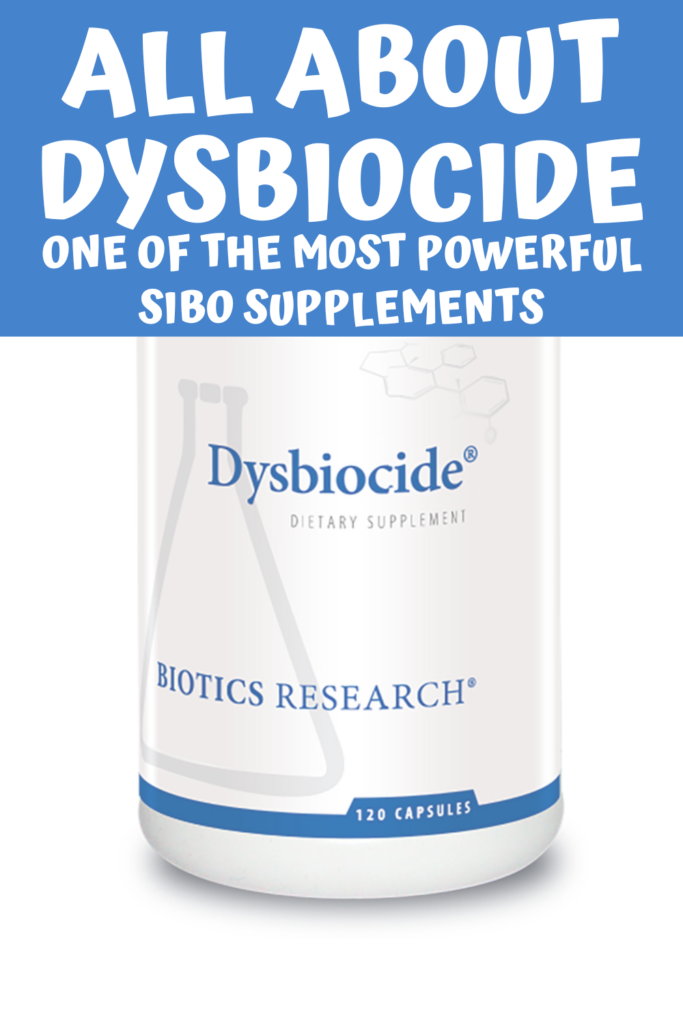
Dysbiocide is a supplement created by Biotics Research Corporation.
This is how they describe the product:
Dysbiocide® supplies a proprietary blend of herbs and herbal extracts to support normal gut health. Select herbs get recognition for promoting the synergistic healing of damaged intestinal tissue, resulting predominately from dysbiosis.
The combination of Eastern and Western herbs in this formula provides a broad anti-dysbiotic effect, even with low dosing.
And here is what the product consists of. (I’m breaking down the ingredients to understand its potency better.)

Dysbiocide Ingredients
Dill (Anethum graveolens) (seed)
Its common use in Ayurvedic medicine is in abdominal discomfort, colic and for promoting digestion.
You’ll find it in gripe water, given to relieve colic pain in babies and flatulence in young children.
In the book, Body Into Balance: an Herbal Guide to Holistic Self-Care, dill is noted as a carminative.
Carminatives improve digestion, dispel gas, ease bloating, and act as antispasmodics to relieve cramps. Other carminatives include: lemon balm, thyme, holy basil, cardamom seeds, peppermint, fennel, bee balm, lavender, catnip, and ginger.
Stemona (Stemona sessilifolia) (root) (powder and extract)
Finding information on Stemona sessilifolia isn’t easy. The information you can find about Stemona, as the Genus, focuses on the lungs and respiratory conditions.
However, briefly, you will find mention of its use in destroying intestinal worms and expelling gas.
The fact that this is the second ingredient listed on the ingredients list means that there is something fairly powerful in it.
Wormwood (Artemisia absinthium) (shoot & leaf) (extract)
Wormwood is a digestive bitter for supporting healthy appetite levels and gastrointestinal function.
It also supports a healthy flora balance in the digestive tract.
Learn more about it in the Gut Health Guide to Digestive Bitters.
Java Brucea (Brucea javanica) (fruit) (powder & extract)
According to the principles of traditional Chinese medicine, java brucea seed has bitter, cold, and slightly toxic properties.
Java brucea associates with the Large Intestine and Liver meridians.
Chinese Pulsatilla (Pulsatilla chinensis) (rhizome) (powder & extract)
Chinese Pulsatilla is one of the 50 fundamental herbs in traditional Chinese medicine.
It has been known to clear heat, cool the blood, resolve fire toxicity, relieve dysentery and ease abdominal pain.
Pulsatilla Root benefits the digestive system, benefits female health and supports the lymphatic system.
It contains antimicrobial, anti-parasitic, antibiotic and anti-amebic properties.
Jamaica Quassia (Picrasma excelsa) (bark) (extract)
Quassia, also known as Jamaica Quassia and Bitter Wood, is a small, shrubby tree native to the West Indies. Its species name, amara, comes from the Spanish word amargo, which means “bitter.” The bark of the tree contains quassin, a substance 50 times more bitter than quinine.
In fact, it’s the bitterest naturally-occurring chemical we know to exist.
Quassia has strong implication for food digestion. And it can also help get relief from diarrhea caused by dysentery.
It helps make sure food passes through the digestive system at the proper rate for optimal nutrition absorption.
Cutch Tree (Acacia catechu) (heartwood & bark) (powder & extract)
Black cutch, is a deciduous, thorny tree belonging to the Fabaceae family. The plant is native to Southern Himalayas of Pakistan, northern India and Nepal, south to Andhra Pradesh in India, and east to Burma and Thailand.
It occasionally also comes from Indonesia (Java), Thailand, Burma and India.
While Cutch Tree’s primary use is for the treatment of cough and sore throat, it’s also effective against dysentery, diarrhea, and wound healing.
Hedyotis (Hedyotis diffusa) (aerial part) (powder & extract)
Most commonly known and used for colorectal cancers, Hedyotis clears heat and eliminates toxins.
As one of the last ingredients listed, it’s not clear how much this formula contains.
Yarrow (Achillea millefolium) (leaf & flower) (extract)
They say that yarrow has a million uses. The word yarrow comes form the Greek warrior Achilles.
Not only can we use it internally, but externally as well.
Additionally, yarrow has many skin implications – i.e. applying it cold amplifies the tightening and toning effect of the tissues.
Yarrow shows up in Dysbiocide likely because of its antimicrobial properties and abilities to tighten/tone boggy tissue and improve healing.
Dysbiocide for SIBO
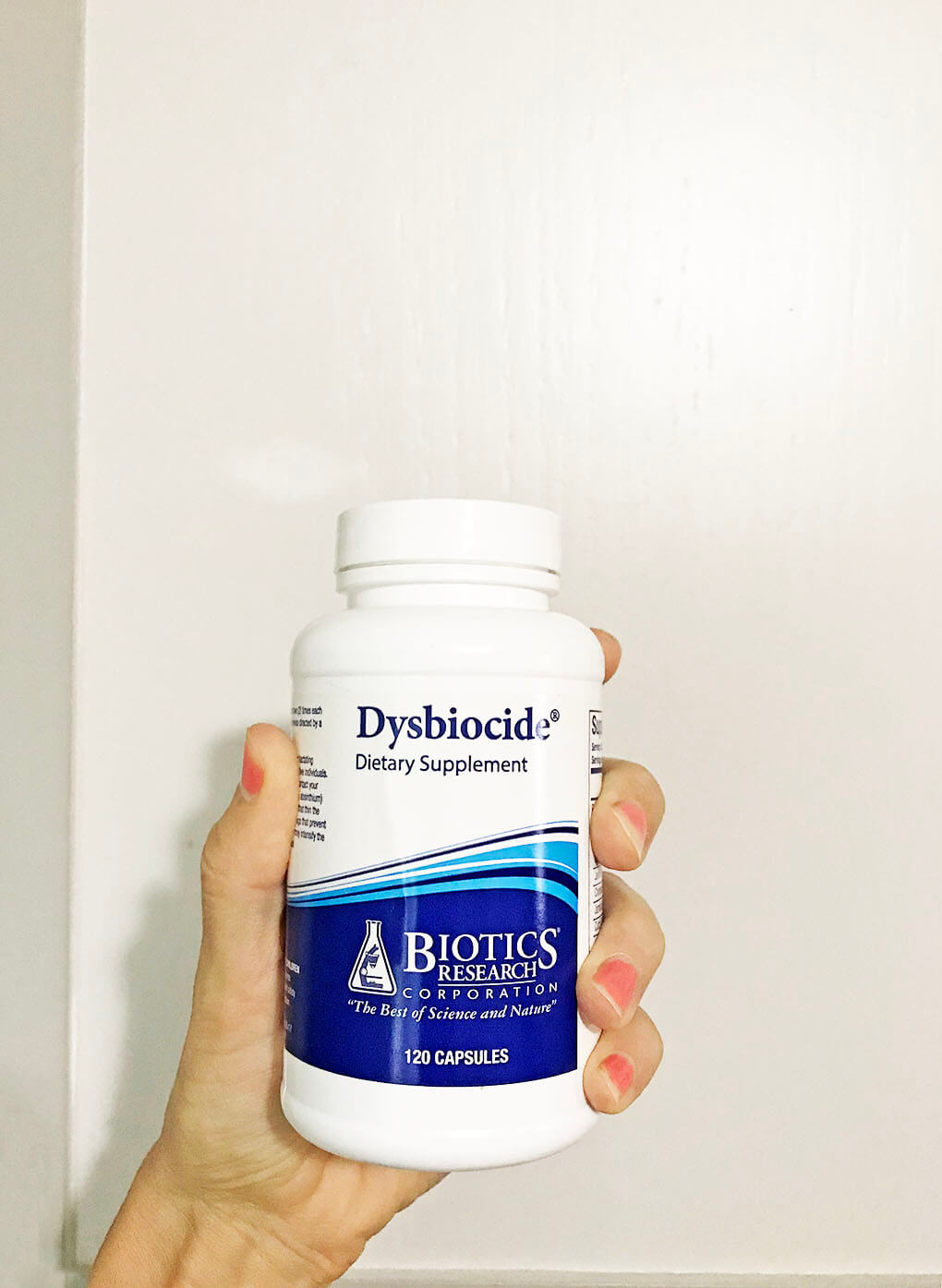
In 2014 when I was first diagnosed with SIBO, Dr. Schweig (in California) had me on a antibiotic herbal protocol.
The main supplement I took at that time was GI Synergy.
Over the next few years, I’d do various herbals; nothing worked quite right.
After we moved back to Minnesota, I took a final round of Rifaximin and Neomycin. Simultaneously, my (then new) doctor suggested Dysbiocide.
He suggested 7 days on Dysbiocide, then the rest of the month off. And for me, it was for prevention and to ensure the healthy, clear state.
I had never heard of Dysbiocide before, but I was willing to try anything to finally kick SIBO to the curb.
Today I swear by it.
But for me personally, I use it for maintenance.
For those of you who want to try it for SIBO clearing, the combination of Dysbiocide and FC Cidal is typically recommended.
What is FC Cidal Used for?
FC-Cidal™ is a product, also by Biotics Research Corporation (also available at a reduced price through my online Fullscript Dispensary HERE), which supplies a proprietary blend of herbs and herbal extracts to support healthy GI function.
Herbs, spices and botanical preparations often exhibit antimicrobial properties due to a wide array of terpenoid and polyphenolic compounds.
Culinary herbs have long had implications for controlling pests and food-borne yeasts and molds in the context of food safety.
For example, the thymol content of thyme oil can be 30-70%, while the carvacrol content ranges between 3 and 15%. Both of these compounds possess antimicrobial and antiviral properties.
The active ingredients in FC-Cidal include:
French Tarragon (Artemisia dracunculus) (leaf), Indian Tinospora (Tinospora cordifolia) (stem & root), Horsetail (Equisetum arvense) (whole herb), Thyme (Thymus vulgaris) (leaf), Pau D’ Arco (Tabebuia impetiginosa) (inner bark), Stinging Nettle Extract (Urtica dioica) (root), Olive (Olea europaea) (leaf)
Because they use different (complimentary) ingredients, Dysbiocide and FC Cidal are typically taken together.
One study has tested the effectiveness of these supplements.
The combination of Dysbiocide and FC-Cidal (two capsules of each, twice a day) taken for 4 weeks may be as effective as rifaximin for treating SIBO.
Because they mention rifaximin only (not neomycin), I do wonder if this protocol is effective for methane-dominant SIBO?
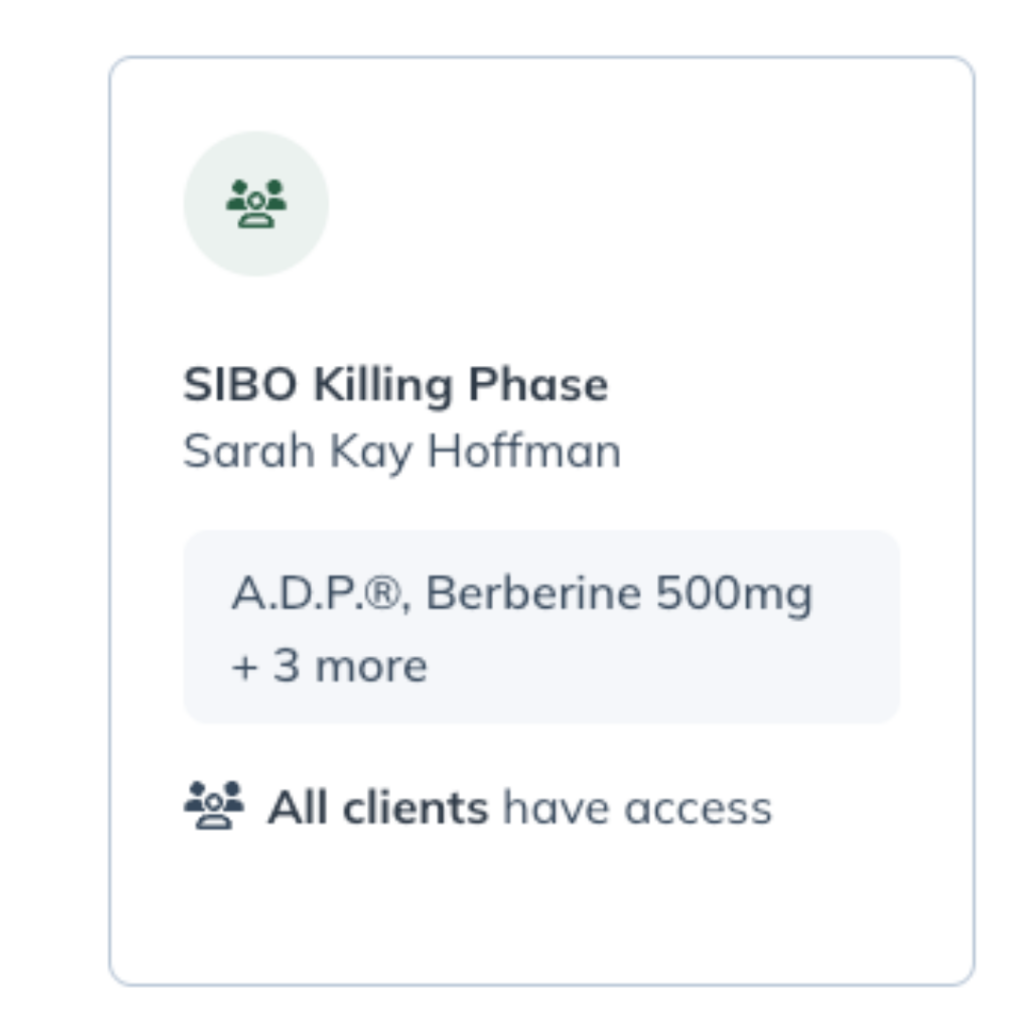
Get access to supplements your practitioner has likely recommended for the SIBO Killing Phase through my Fullscript online dispensary at 25% off!
Side Effects of Dysbiocide
I have never had a single side effect from taking Dysbiocide.
That’s not to say you can’t, though.
The company gives these product warnings:
Not recommended for pregnant or lactating women. May cause mild constipation in sensitive individuals. If constipation persists, discontinue use and contact your healthcare professional. Wormwood (Artemisia absinthium) is not recommended concurrently with drugs that thin the blood, drugs that reduce stomach acid, or drugs that prevent or lessen seizures. Consuming Wormwood may intensify the effects and side effects of drinking alcohol. KEEP OUT OF REACH OF CHILDREN.
Have you ever taken Dysbiocide? Thoughts? Your experience with the product?
Sources: HERE, HERE, HERE, HERE, HERE, HERE, and HERE.
If you liked this post, you might also enjoy:
- Best Supplements for SIBO (based off experience + research)
- Reasonable SIBO
- Printable SIBO Diet (Reasonable SIBO, Heal Your SIBO)
Xox,
SKH
🤰 bloating be gone! weight loss through optimal gut health for women
💃ʜᴇᴀʟ ʏᴏᴜʀ ɢᴜᴛ. ʜᴇᴀʟ ʏᴏᴜʀ ʟɪfe.
🫶🏻 founder gutbyome.com


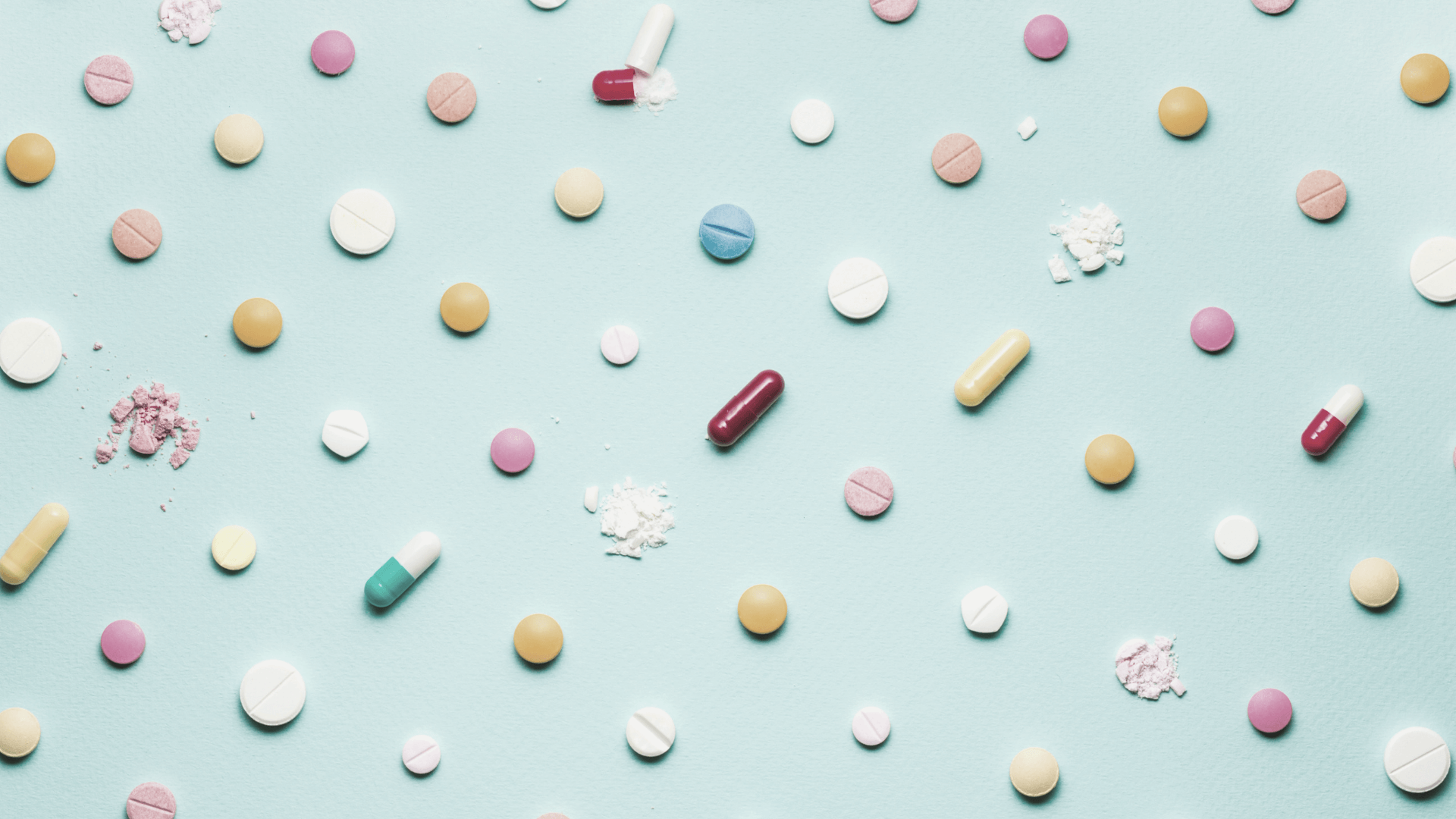
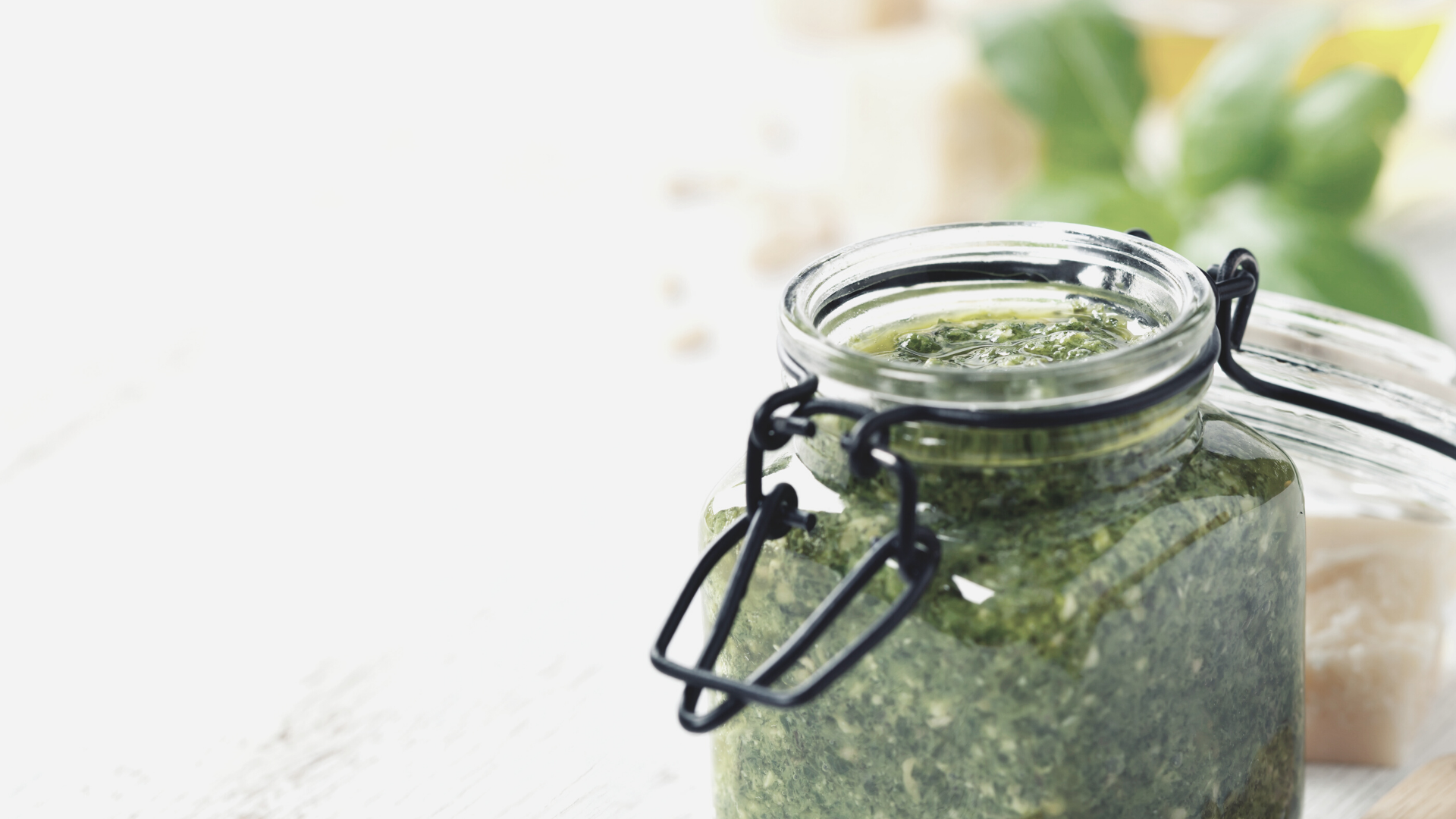

![Am I Sick [How to Heal the Gut with No Previous Knowledge]](https://agutsygirl.com/wp-content/uploads/2013/07/bloat-featured-agutsygirl.com-copy.png)


I had methane dominant SIBO and I used dysbiocide and FC Cidal for my first round. I had amazing digestion, but then I got too cocky with my food so I had a relapse and it no longer worked. That’s when I switched to Candibactin AR and BR. That finally eradicated the SIBO. However, that is a powerful herbal so I have dysbiocide and FC Cidal in my medicine cabinet in case I ever feel my stomach is off for more than 2-3 days!
How do you use the dysbiocide for maintenance?
I basically just take it every now and then for a few days on 🙂
You used this as a weeding protocol? Were you taking anything else along with it? Ie. Enzymes etc
Yes, I was doing all of my other things – the HCL and enzymes namely.
What brand of HCL and enzymes were you taking?
Hi Anne! You’ll find all of that here 🙂 –> https://a-gutsy-girl.ck.page/8efa86ceff
My ND has me on Ibogest and HCL as maintenance. Would it be ok to add this suppler too? Or am I double dosing?
Ask your ND for sure 🙂
Would you recommend this for IMO (Methane dominate SIBO- Intestinal Methanogen Overgrowth) Thank you
That’s what I had – Methane dominant.
Hi there,
Did you take neomycin and Refaximin to heal ? How did you feel during treatment, any side effects?
Thank you
Regards,
Anna
Yes, I did! See the post on this site called –> My 28-Day Rifaximin and Neomycin Journal. That will really help you 🙂
Should I take with or without food?
Ask your doctor 😉
Did you take the Dysbiocide immediately following the antibiotic treatment? or did you wait a few days?
How do these compare with Biociden? I recently purchased it. I have Hydrogen dominant SIBO.
Do you know where else I can purchase this? The Amazon link says that it’s currently unavailable.
Hi Leah – I do not. Here is what I do know. I started getting emails with the same question once people found it out via Amazon. So I reached out to the company. They said they have no control over when Amazon will have it again. They also said that unless you have a practitioner account, you can’t even order it directly from their website. So, I submitted my credentials and I’m now able to obtain it. However, I’m still not sure how I would get it to people once I ordered a lot of it. Feel free to email me directly in case I figure out a way around it.
Is this product safe for children (8 years old). I realize it says to keep out of reach of children but is that because they could take too many without supervision or is it not recommended at all for children.
HI Carrie – You should definitely check with your pediatrician.